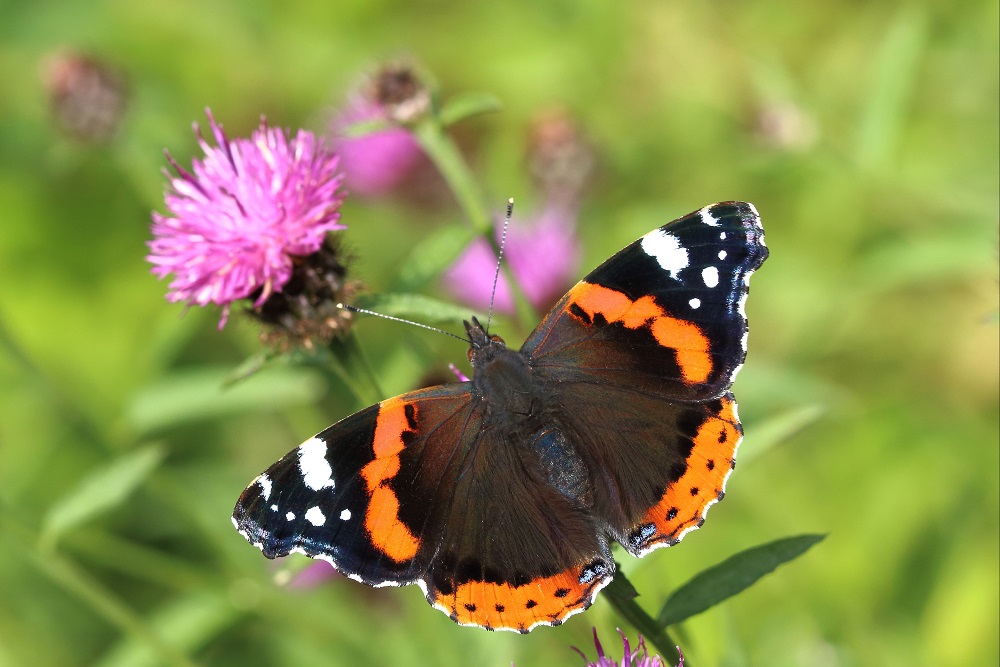Butterfly numbers increase this year thanks to wet weather

It has been a bumper year for butterflies in 2023 with more counted than in the last four years, although figures show a significant decrease in the long term, according to conservationists.
Participants in the Big Butterfly Count recorded more than 1.5 million butterflies and day-flying moths between July 14 and August 6.
It is thought they benefited from the wetter weather, with 12 butterflies recorded on average per count, compared to nine in last year’s long periods of drought and heat.
The most-seen species – for the first time – was the red admiral with 248,077 recorded, as climate change means it is growing in prevalence in the UK.
Gatekeeper was next with 222,896 sightings – an increase of 12% on last year, but long-term figures show a decrease of 28% since 2010.
White butterflies came third and fourth, with large whites recorded 216,666 times and small whites seen 190,506 times – an increase of 11% and 15% on last year respectively.
Holly blue numbers also saw a 66% increase on 2022, with a long term trend showing an increase of 41%.
Food plants
Dr Zoe Randle, senior surveys officer at Butterfly Conservation said: “The mixed weather this year has helped as there has been an abundance of green food plants available for caterpillars and plenty of nectar-rich flowers for adult butterflies.
“However, while the number of butterflies recorded this summer has been the highest since 2019, the longer-term trends show worrying declines for some of the UK’s most common butterfly species.”
Species that have declined since last year and over the long term include ringlet, common blue and speckled wood.
Green-veined white has seen the most severe drop in numbers since 2010 with a decrease of 61%, while there was little change on last year.
Dr Richard Fox, head of science at Butterfly Conservation, said: “One of the biggest threats butterflies in the UK face is habitat loss.
“While the weather certainly has an impact on numbers from year to year, butterflies, moths and many other species can generally cope with variable weather. What they can’t cope with is habitat destruction.
“Butterflies need a place to live. If they can feed, breed and shelter, they can thrive.
“By creating a wild space in your outdoor area you can help to reverse the massive losses of wildlife-friendly habitat and start to turn around the fortunes of our declining butterflies.”
A wild space can be created anywhere, the conservationists said. It could mean leaving a patch of long grass in the garden or planting a small selection of nectar-rich plants on a balcony.
Support our Nation today
For the price of a cup of coffee a month you can help us create an independent, not-for-profit, national news service for the people of Wales, by the people of Wales.






